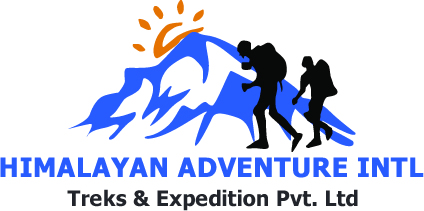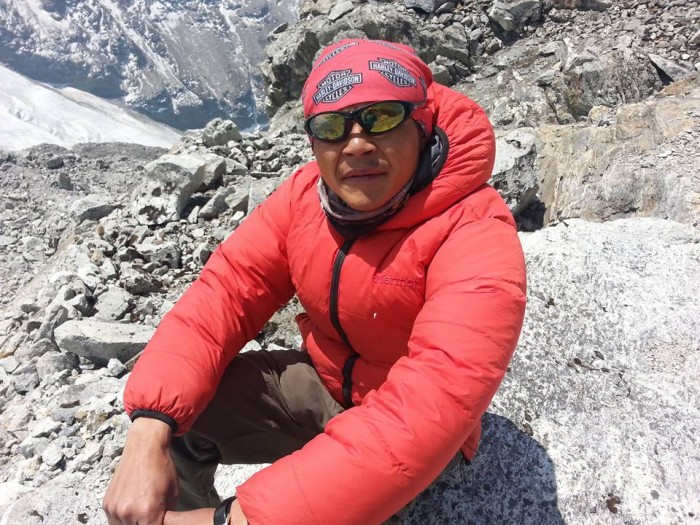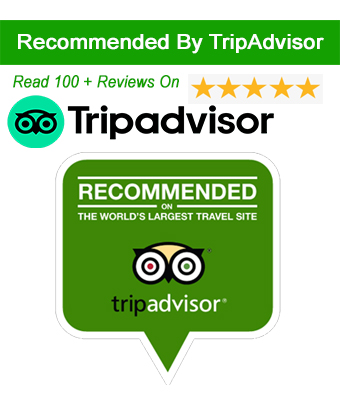Paldor Peak Climbing is a thrilling trekking peak adventure in the Langtang region of Nepal, ideal for climbers seeking a blend of remote wilderness, traditional culture, and alpine climbing experience. Standing at 5,896 meters (19,344 ft), Paldor Peak offers panoramic views of the Ganesh Himal range, Langtang Lirung, Manaslu, and even Annapurna. For climbers who wish to avoid heavily crowded trails while experiencing authentic Nepalese village life and Himalayan beauty, this expedition is a perfect choice.
With Himalayan Adventure International Treks, we ensure that your Paldor Peak Climbing journey is not just a mountain adventure but also a culturally enriching experience. Our team of experienced Sherpa guides, well-planned itineraries, and commitment to safety guarantee a once-in-a-lifetime Himalayan expedition.
Introduction to Paldor Peak
Paldor Peak is located at the junction of the Tiru and Karpu Dandas in the Ganesh Himal region, northeast of Kathmandu. The peak is less crowded compared to other popular trekking peaks like Island Peak or Mera Peak, making it ideal for adventurers who want a more secluded experience.
The peak was first climbed in 1949 by Bill Tilman, a legendary British mountaineer. Since then, it has been a popular yet peaceful climbing destination. Paldor Peak is considered technically moderate, suitable for climbers with basic mountaineering experience or those who have completed prior treks in Nepal.
Why Choose Paldor Peak Climbing?
Less Crowded Trails – Unlike the Everest or Annapurna regions, Paldor Peak sees fewer trekkers and climbers, ensuring a serene adventure.
Rich Cultural Experience – The journey passes through traditional Tamang and Gurung villages, offering deep insights into Nepalese culture.
Stunning Views – From the summit, climbers enjoy incredible views of Ganesh Himal, Langtang Lirung, Manaslu, Shishapangma (Tibet), and Annapurna.
Moderate Difficulty – With the right training and guidance, climbers with basic technical knowledge can achieve this ascent.
Authentic Himalayan Wilderness – The trek involves diverse landscapes, from terraced farmlands and lush forests to glaciers and high passes.
Best Time for Paldor Peak Climbing
The best seasons for climbing Paldor Peak are spring (March to May) and autumn (September to November). During these months, the weather is stable, skies are clear, and visibility is excellent.
-
Spring (March–May): Beautiful rhododendron forests in bloom, moderate temperatures, and clear mountain views.
-
Autumn (September–November): Stable weather, dry trails, and crisp visibility.
-
Winter (December–February): Harsh cold, heavy snow, and limited accessibility make climbing difficult.
-
Monsoon (June–August): Risk of landslides and poor visibility, not recommended for climbing.
Paldor Peak Climbing Difficulty
Paldor Peak is considered a moderate technical climbing peak. Climbers will encounter:
-
Snow slopes up to 45–50 degrees.
-
The need for basic technical climbing equipment like ropes, crampons, and ice axes.
-
Glacier crossings and crevasses.
-
High altitude challenges (nearly 6,000m).
Previous trekking experience is essential, and prior climbing knowledge is highly recommended. Himalayan Adventure International Treks provides necessary training sessions during the climb, ensuring climbers are confident in rope handling, using crampons, and other mountaineering techniques.
Permits Required for Paldor Peak Climbing
To climb Paldor Peak, climbers need the following permits:
Climbing Permit issued by the Nepal Mountaineering Association (NMA).
Langtang National Park Entry Permit.
TIMS Card (Trekkers Information Management System).
Our team arranges all necessary permits on your behalf, saving time and hassle.
Paldor Peak Climbing Itinerary
Himalayan Adventure International Treks offers a well-structured itinerary that ensures proper acclimatization and maximizes summit success.
Day 01: Arrival in Kathmandu (1,400m)
Meet our representative at Tribhuvan International Airport. Transfer to hotel. Briefing and welcome dinner.
Day 02: Drive to Syabrubesi (1,500m) – 7 hours
A scenic drive through lush valleys, rivers, and terraced farmlands.
Day 03: Trek to Gatlang (2,200m) – 5 hours
Trek through Tamang villages with unique cultural traditions.
Day 04: Trek to Somdang (3,271m) – 6 hours
Pass rhododendron forests and mountain streams.
Day 05: Trek to Jasta Khani (3,700m) – 5 hours
Reach the base of the mining area, closer to the mountains.
Day 06: Trek to Paldor Base Camp (4,280m) – 6 hours
Enjoy views of Ganesh Himal as you ascend to the base camp.
Day 07: Rest and acclimatization at Base Camp
Climbers practice basic mountaineering techniques and acclimatize.
Day 08: Trek to High Camp (5,000m) – 4 hours
Prepare for the summit push.
Day 09: Summit Paldor Peak (5,896m) and return to Base Camp – 8-9 hours
Early morning summit push. Stunning sunrise views from the top. Return safely to base camp.
Day 10: Trek back to Somdang – 6 hours
Descend through alpine landscapes.
Day 11: Trek to Gatlang – 5 hours
Day 12: Trek to Syabrubesi – 5 hours
Day 13: Drive back to Kathmandu – 7 hours
Day 14: Departure or onward journey
Note: Itinerary may vary depending on weather and climber’s pace.
Accommodation and Meals
During the trek, accommodation is provided in teahouses run by local families. These offer basic but comfortable lodging with home-cooked meals. At base camp and high camp, climbers stay in tented camps with meals prepared by our kitchen staff.
Meals include traditional Nepali dishes like Dal Bhat, as well as soups, noodles, pasta, bread, tea, and coffee. Our team ensures nutritious meals to keep climbers energized.
Cost of Paldor Peak Climbing
The cost of Paldor Peak Climbing generally ranges from USD 2,000 to 2,500 per person, depending on group size and services. The package with Himalayan Adventure International Treks includes:
Cost Includes:
-
Airport transfers in Kathmandu.
-
Accommodation in Kathmandu (3-star hotel) with breakfast.
-
Teahouse accommodation during trek.
-
Tented camp during climbing days.
-
All meals during trek and climb.
-
Professional climbing guide and Sherpa team.
-
Porters for carrying luggage.
-
Necessary climbing permits and national park fees.
-
Group climbing equipment (ropes, tents, etc.).
-
First aid kit and safety equipment.
Cost Excludes:
-
International airfare.
-
Nepal visa fees.
-
Personal climbing gear (boots, crampons, harness, etc.).
-
Extra nights in Kathmandu.
-
Travel insurance (mandatory).
-
Tips for guide and porters.
Equipment List for Paldor Peak Climbing
Climbers need to be equipped with proper gear for a successful summit. Essential items include:
Our company provides group equipment, but climbers must bring or rent personal climbing gear.
Safety and Support
Safety is the top priority for Himalayan Adventure International Treks. Our climbing guides are experienced mountaineers certified in high-altitude rescue and first aid. Oxygen cylinders and medical kits are carried during the climb. Satellite phones are available for communication in remote areas.
Alternative Treks and Climbs Near Paldor Peak
For those with more time or looking for additional challenges, nearby trekking and climbing options include:
-
Langtang Valley Trek
-
Ganesh Himal Trek
-
Yala Peak Climbing
-
Gosaikunda Trek
Paldor Peak Climbing is the perfect Himalayan adventure for trekkers and climbers seeking an off-the-beaten-path experience. With its moderate technical difficulty, stunning views, and cultural richness, it is a rewarding climb for both experienced and aspiring mountaineers. Himalayan Adventure International Treks ensures your journey is safe, memorable, and professionally guided.
If you dream of standing on a Himalayan summit while exploring Nepal’s authentic culture and landscapes, Paldor Peak is an excellent choice.

 Plan Your Trip Now
Plan Your Trip Now 


